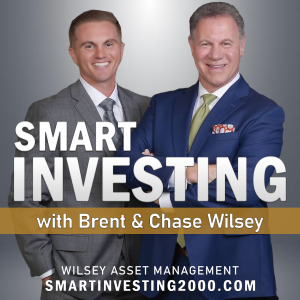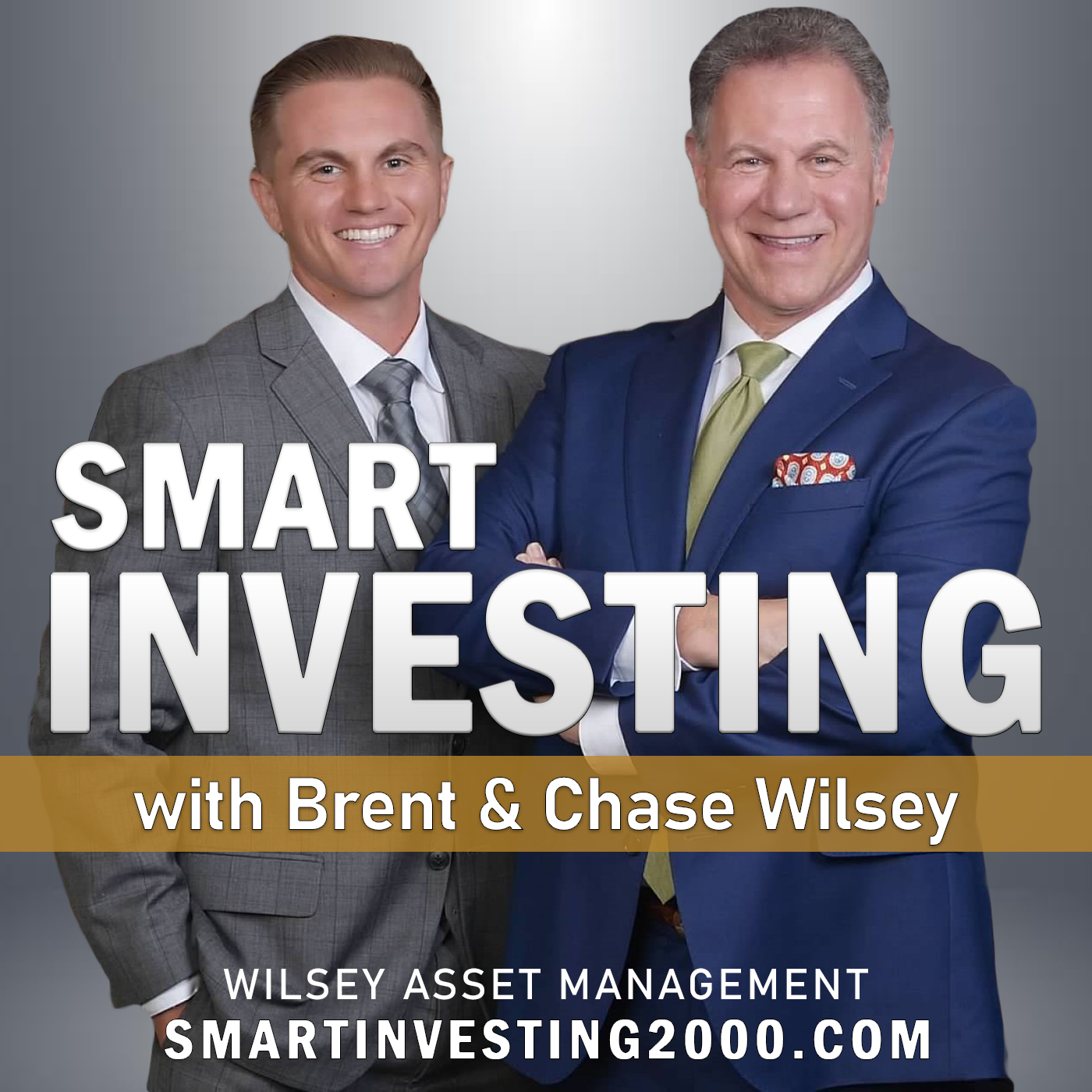Episodes

Friday Jun 27, 2025
Friday Jun 27, 2025
Watch Out For This Chinese Stock Scam!
Yes, there’s another scam out there trying to part you from your hard-earned money. This has happened many times in recent years and it’s occurred in very small Chinese stocks that are vulnerable to manipulation. For some reason some US investors see these and think they’ve hit it big. US regulators try their best, but typically cannot get access to information in China to go after these people. They’re so good they trick people who should know better like businesspeople and even a university professor lost $80,000 in the scam. Their advertisements show up on social media or in messages on WhatsApp and they contain investment advice that looks very convincing with the alure of big, quick returns. They trick investors into thinking that this company is on the verge of something very big and they show that there are already short-term gains, which are engineered by the scammers through manipulative trading. The hucksters come from Malaysia, Taiwan and other places around the world. Some have been so bold that for some investors who lost money, they come back with a second better offer to make up losses on the first investment. Obviously, these people have no shame and the only thing I can recommend is to stay away from small Chinese stocks, especially if you see them advertised on social media. Remember the old saying if it sounds too good to be true, it probably is.
Is The Current 401K System Out of Date?
The current 401(k) system was first established 42 years ago in 1978 when the use of normal pension plans was in place and when people still worked for a single employer for most of their career. This change in 1978 was beneficial to both the employees and employers, because it gave employees control over their retirement plan and reduced the long-term financial risk for many companies with underfunded pension plans that caused multiple problems form companies during the 2008 financial crisis. Today, times have changed and employees might experience over their 40 years plus work career different jobs that may include side gigs, the launch of a business or two and potentially a change in their job that could take place as much as 12 times over their career. The benefit for employees of the 401(k) is it gives people the ability to control their retirement. If they do leave an employer, they can take their retirement with them and invest it as they see best. The problem of today with changing jobs so many times is unfortunately these employees decide to take and use the money, even though the penalties and taxes due are sometimes as high as 50%. In my opinion, there is not one good reason why you should be taking your retirement money early as you’ll pay for it many times over if you reach retirement with little or no retirement funds. Believe me, it is hard being older, but it is devastating to be older with no retirement funds. It has been estimated that frequent job changes over a career can cost as much as $300,000 in retirement savings. I like the new system that has made auto enrollment the default for employees starting a new job, but there is talk that they also want to require when a worker leaves an employer that their 401(k) automatically follows them to the new job and it should contain the same contribution rates as well. I think this is a terrible idea as it could get employees that are changing jobs locked into a terrible new 401(k). It could perhaps be additional administrative work for the new employer who already has enough to take care of when you include all the regulations, they have along with health insurance and current retirement plan administration. Being an employer myself one would not believe how much employers have to do already.
The Unknown Risk of the S&P 500
Many people love investing in the S&P 500 because the recent performance has been very strong. We have talked in the past about the over concentration of technology in the index, but I was shocked to learn that 71% or roughly 351 companies in the index report either non-GAAP income or non-GAAP earnings-per-share. This is dangerous for investors because you’re not comparing apples to apples and 89% of those 351 companies that made adjustments had results that appeared better. Wall Street has forced companies to continue to report higher and higher earnings each year and sometimes each quarter or else the stock gets pulverized. Non GAAP numbers were supposed to be allowed to explain extenuating or extraordinary circumstances like a factory fire or a sale of a division, but companies have abused the rule and exclude items like stock based compensation, amortization of intangible assets and currency fluctuations. The one that bugs me the most is restructuring charges that occur every year. For example, Oracle has had a restructuring charge for the past five years. Unfortunately, the SEC is absent on enforcing the rules and non-GAAP earnings have just about become the standard. The problem for investors is with no standard, you cannot compare true earnings of a company. If you have been investing as long as I have, you’ll remember the last time the abuse of non-GAAP earnings was during the tech boom and bust. Some people say we are too conservative with our investing and we are missing out on some big gains, but I do believe fundamental investing and understanding the true numbers of a company is far safer and it should produce better returns in the long run.
Financial Planning: What is the Net Investment Income Tax?
The Net Investment Income Tax (NIIT) is a 3.8% federal surtax that began in 2013 under the Affordable Care Act, targeting high-income individuals. It applies to any net investment income that exceeds a single taxpayer’s modified adjusted gross income (MAGI) of $200,000 or $250,000 for married couples filing jointly. Crucially, these thresholds are not indexed for inflation, so while they may have seemed high in 2013, today they would equal roughly $270,000 and $337,500 in 2025 had they been indexed for inflation, meaning more taxpayers are caught by the tax over time. Net investment income includes interest, dividends, capital gains, rental income, passive business income, and the earnings portion of non-qualified annuity distributions. While non-investment income sources such as wages, IRA withdrawals or conversions, and active business profits aren't directly subject to NIIT, realizing large amounts of those sources can push your MAGI above the threshold, thereby exposing your investment income to this additional tax. Also keep in mind, most investment income is still taxed as ordinary income as well. Only long-term capital gains and qualified dividends receive the lower capital gain tax treatment, but all investment income may trigger the NIIT if income exceeds the thresholds.
Companies Discussed: Fiserv, Inc. (FI), Pinterest, Inc. (PINS), Duke Energy Corporation (DUK) & General Mills, Inc. (GIS)


No comments yet. Be the first to say something!